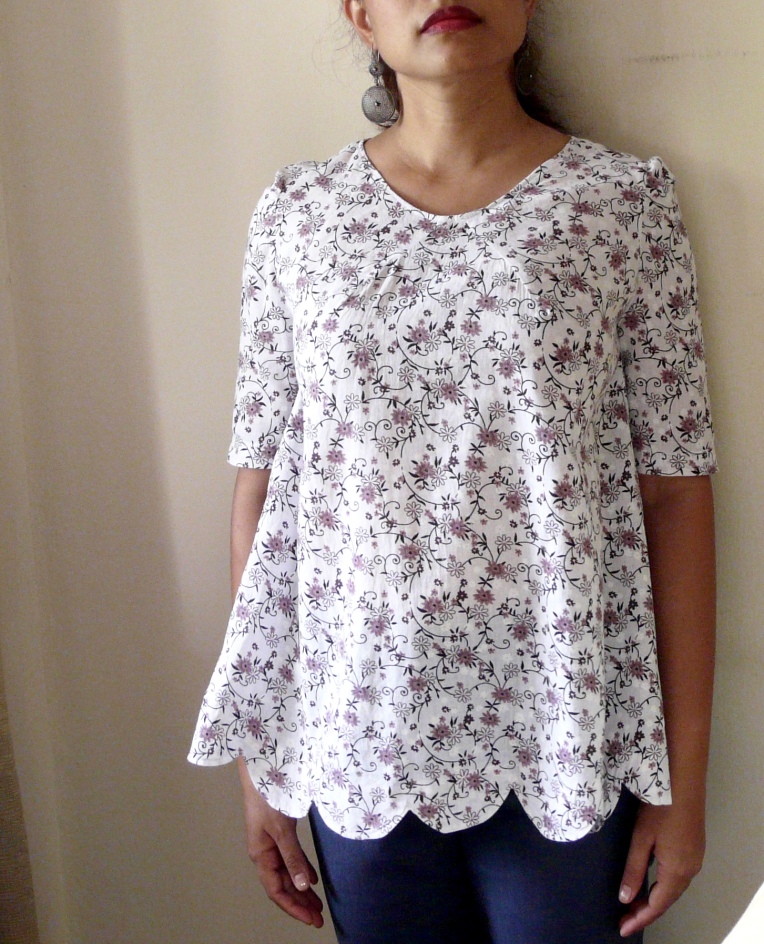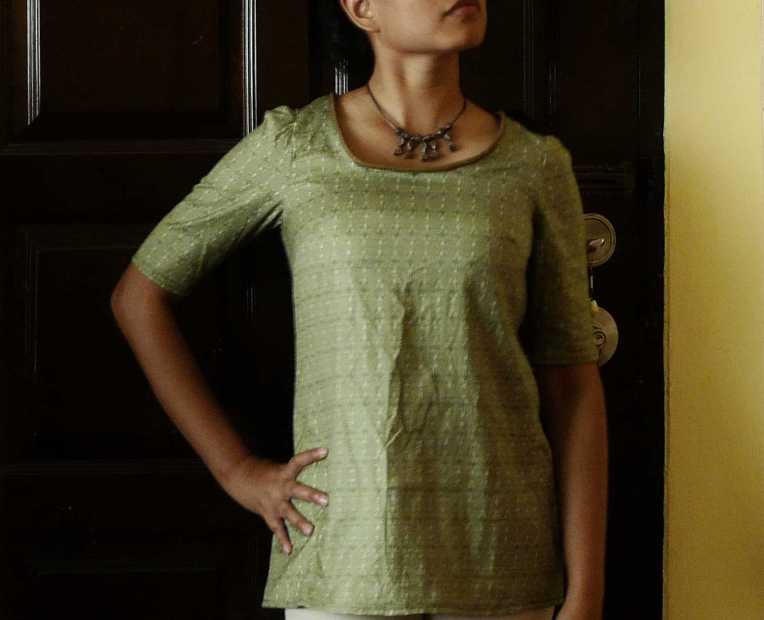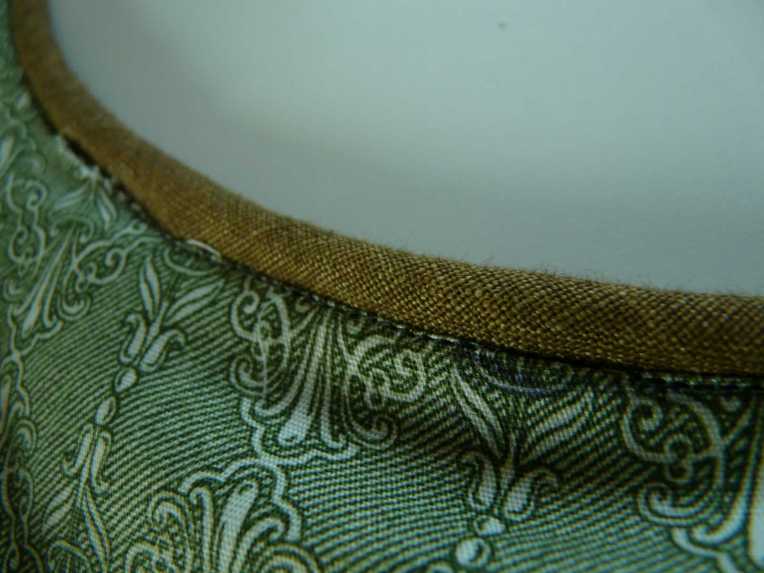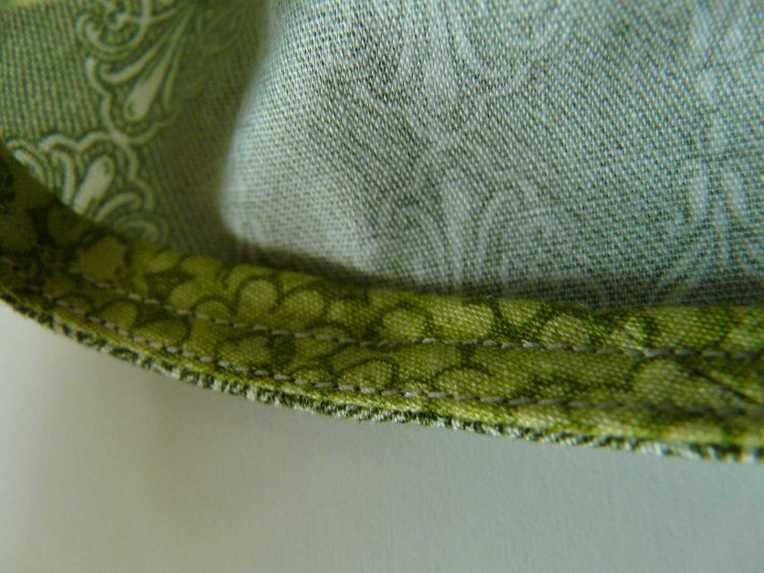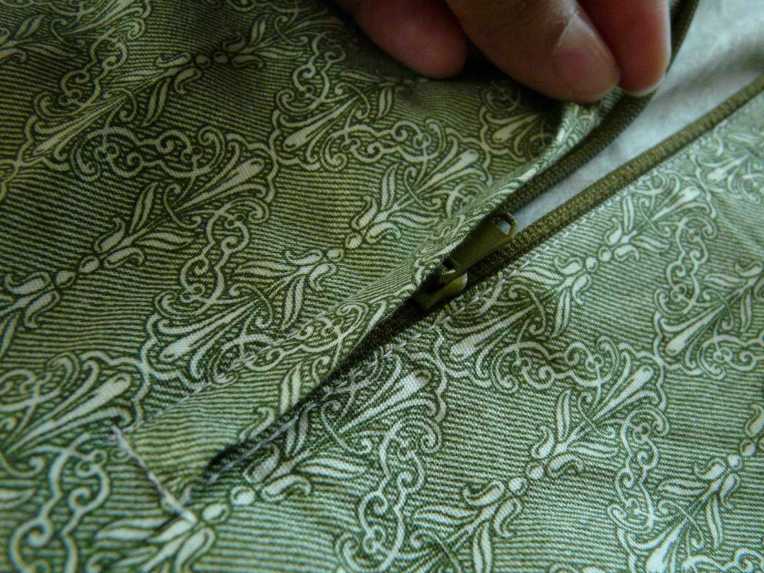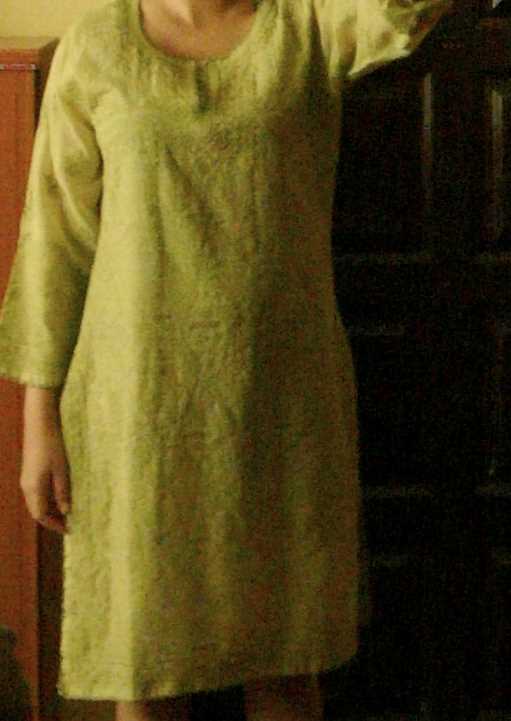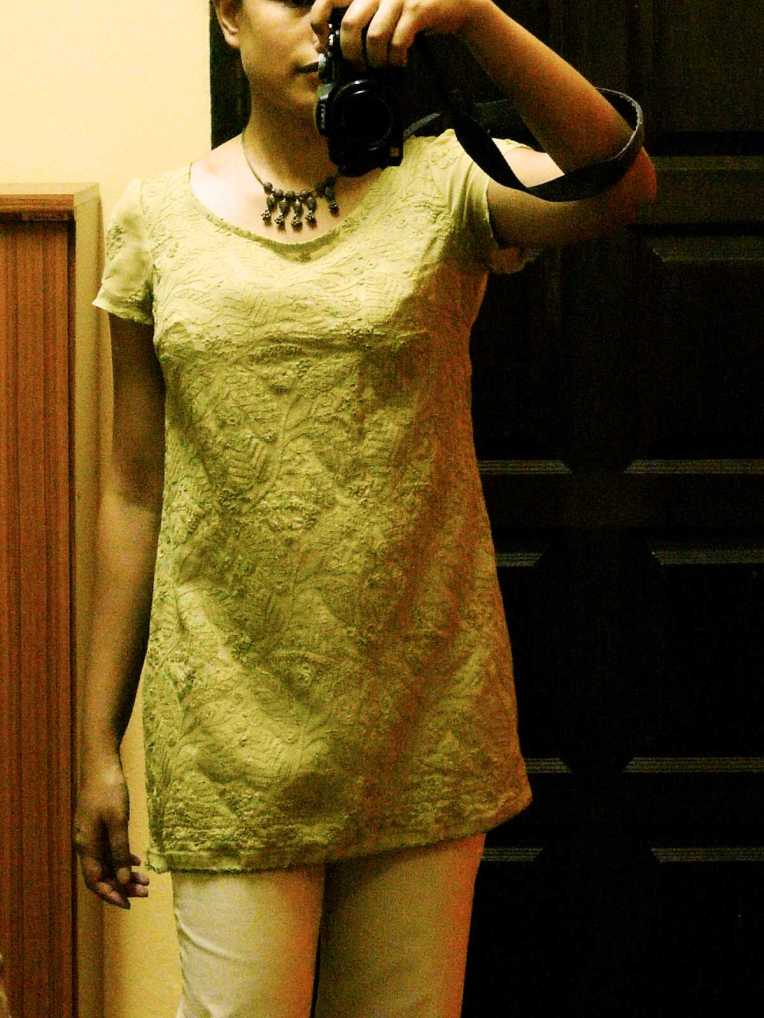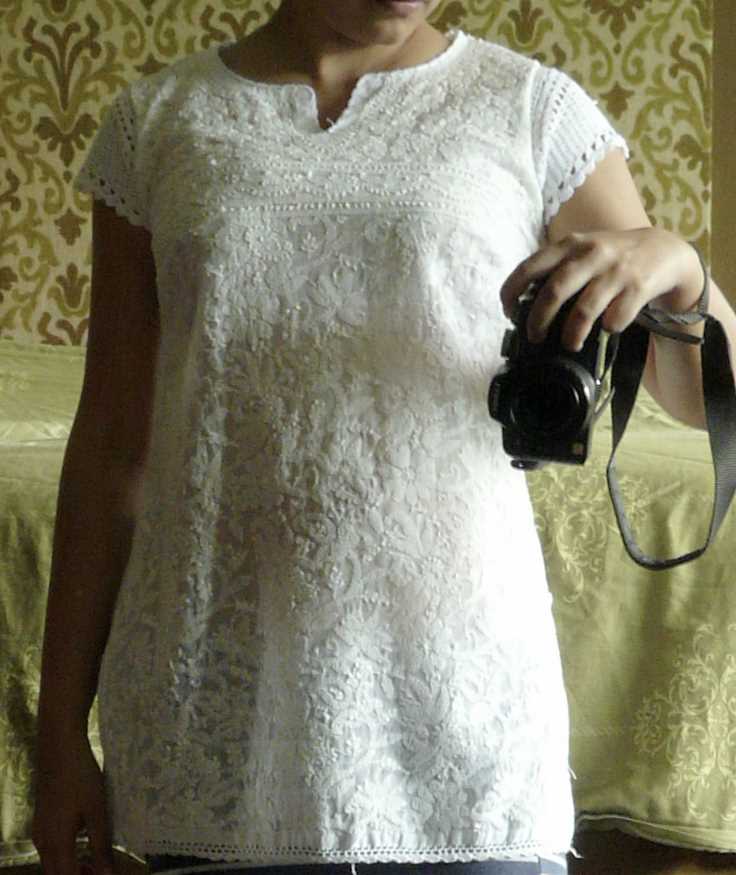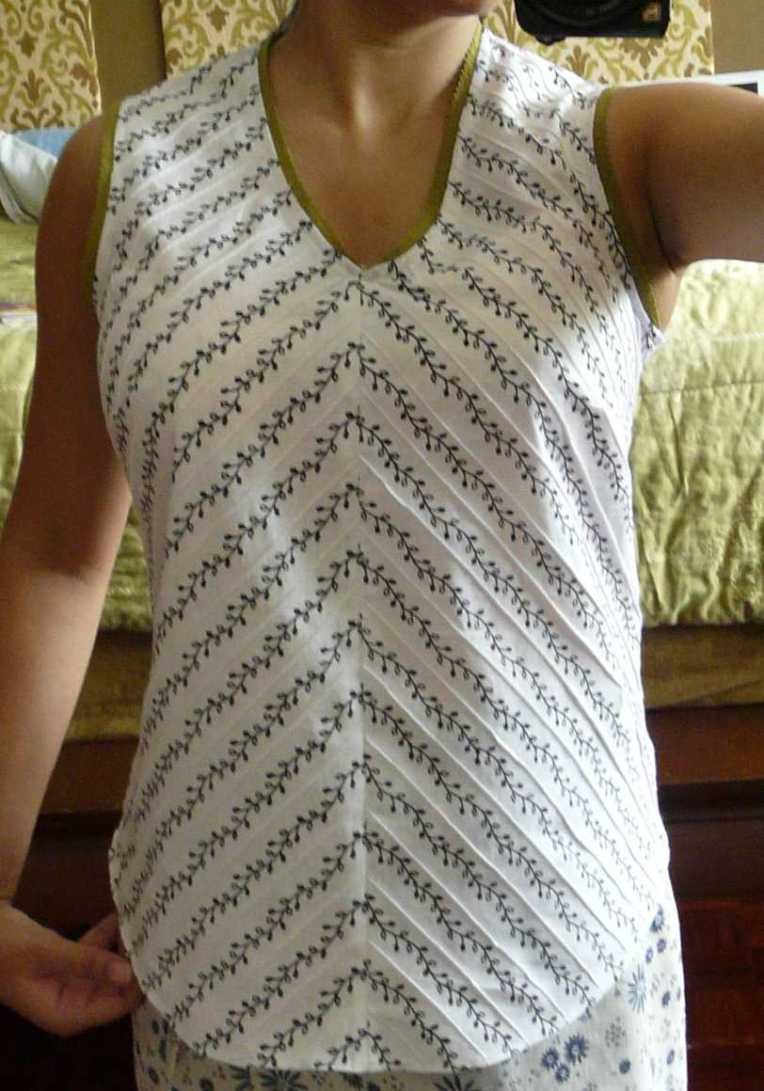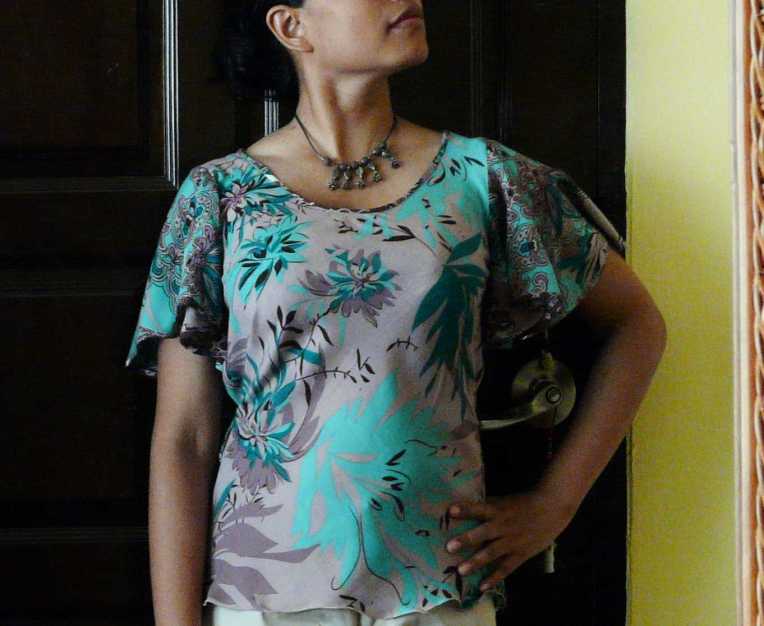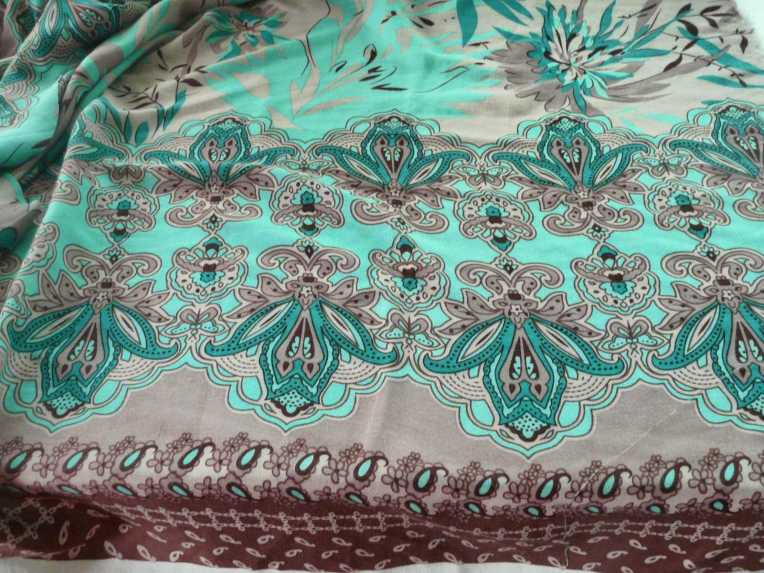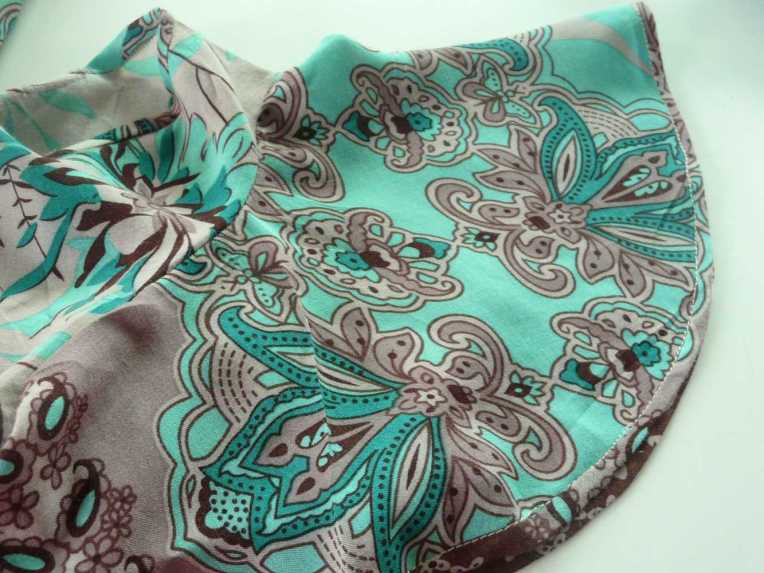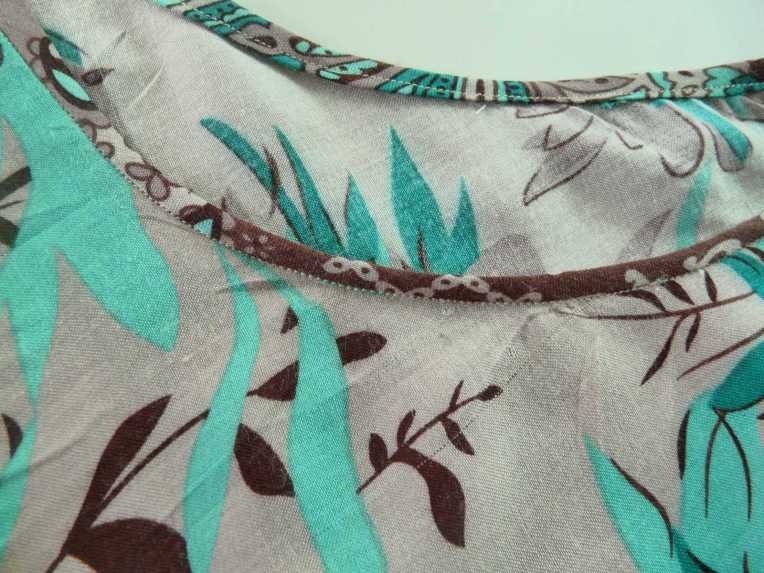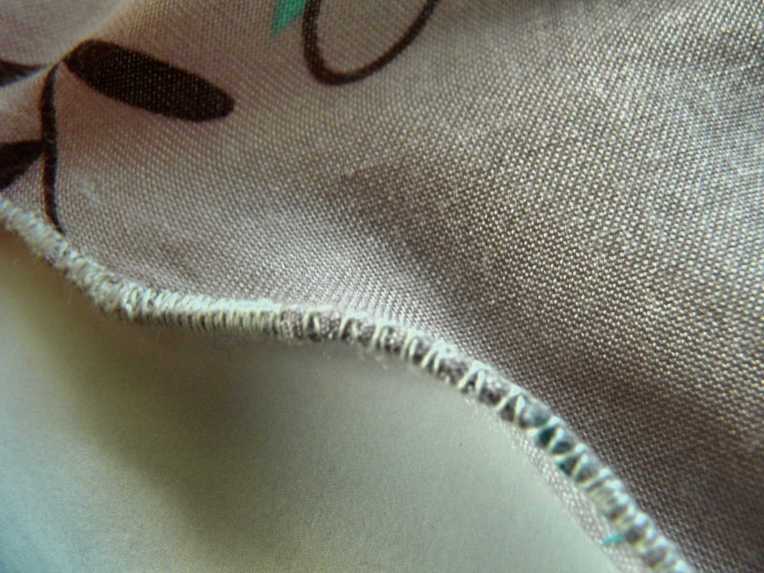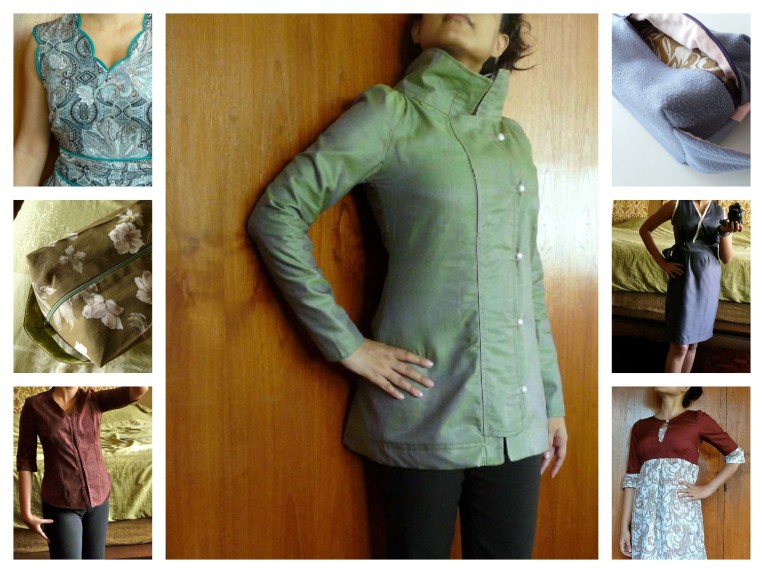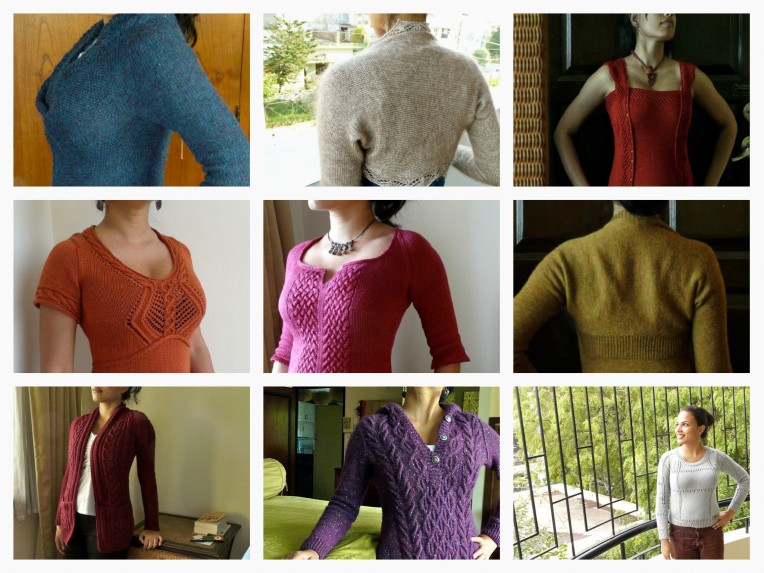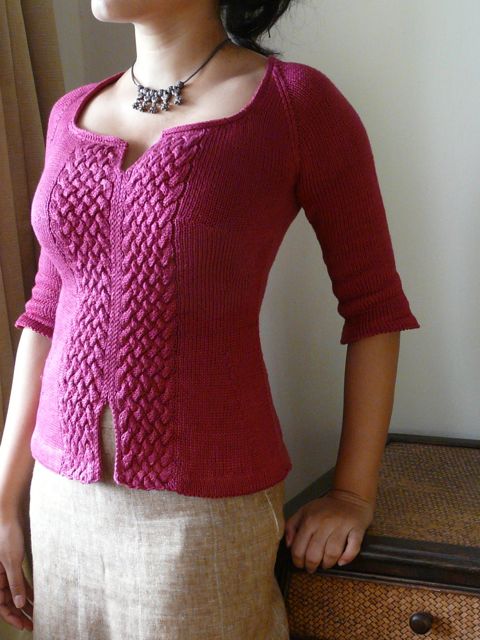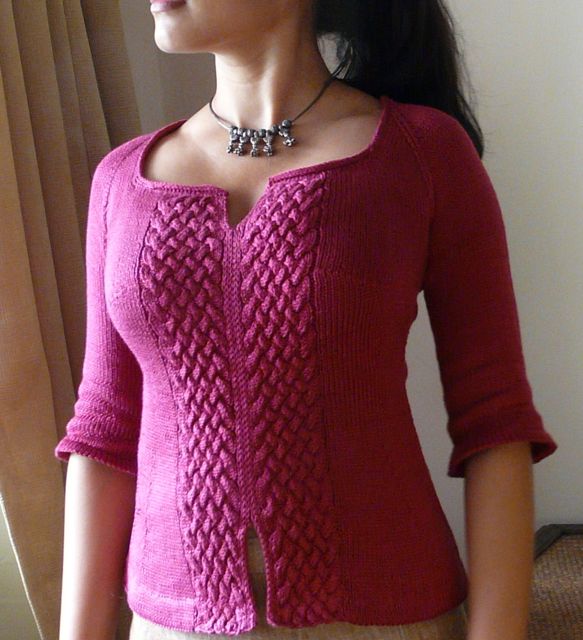Here’s the second top I made using the sloper developed from a Craftsy class.
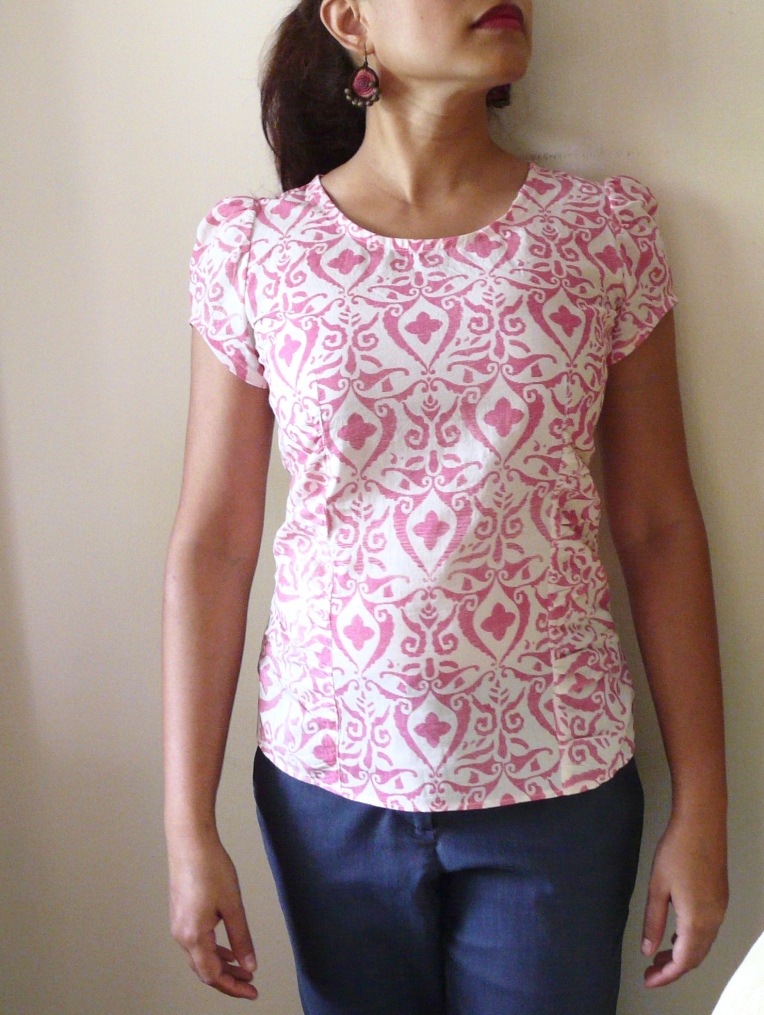
I wrote previously what a great moulage and sloper I derived from it, and my first garment. I used the same four classes:
1. The Bodice Sloper
2. Creative Darts and Seamlines
3. Creative Necklines
4. Creative Sleeves
Also, it’s amazing how Craftsy drops class prices to such fabulously low levels every few months!
It is a lightweight cotton (I think from one of the giant fabric shops in Nehru Place, New Delhi). I rotated the shoulder, half armscye and side dart into the waist dart, but didn’t use the waist dart since I have a tummy and don’t like to be fitted in that area. Then I split open the (unused) waist dart, and inserted wedges in the outer leg so that it could be gathered back to fit the central leg. I’m a bit bummed that the gathering is kind of invisible in this print, but at least I know it works!
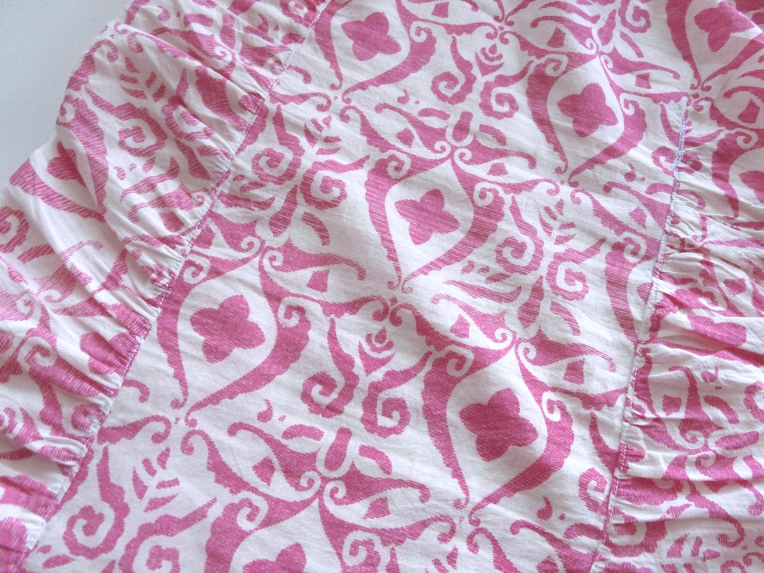
I also curved out the bottom to look more like a shirt hem. Also, since I didn’t want to bother with openings, I added 1/4 inch to each side (adding 1 inch ease overall) at the narrowest part of the waist so I can pull it over my head. Without closures, it feels a little snug to pull on, but once on the body correctly, it fits beautifully.
On the back I kept both, the shoulder dart and the waist darts, and extended the shoulder by 1/16 inch, easing it to fit the front shoulder. This provides a nice fit through the torso as well as leaving room for arm movement in a sleeved garment. Because this is a little more fitted than the previous one, I had to account for the horizontal waist shaping dart on both back and front. Since there is no waist seam, I compensated it at the neckline (the class explains how to do that).
The sleeves are short, almost cap sleeves, with gathering at the head to echo the side gathers and scooped at the bottom. Instructions on how to make them from here. I probably should have done facings, but loathe them, so simply added bias facing at the neck.
Now really, look at the fit on this one! I’m kind of stunned I made this, having been used to typical RTW fit, and lack of arm movement for so long! Even though it is a very simple top, it fits so beautifully! The only things I would change next time would be not to add a puff (in addition to the gathering) on top of the sleeve cap. And I should remember to centre prints.
Verdict: very happy! I think I’m actually gaining more confidence to use good fabrics from now on.

